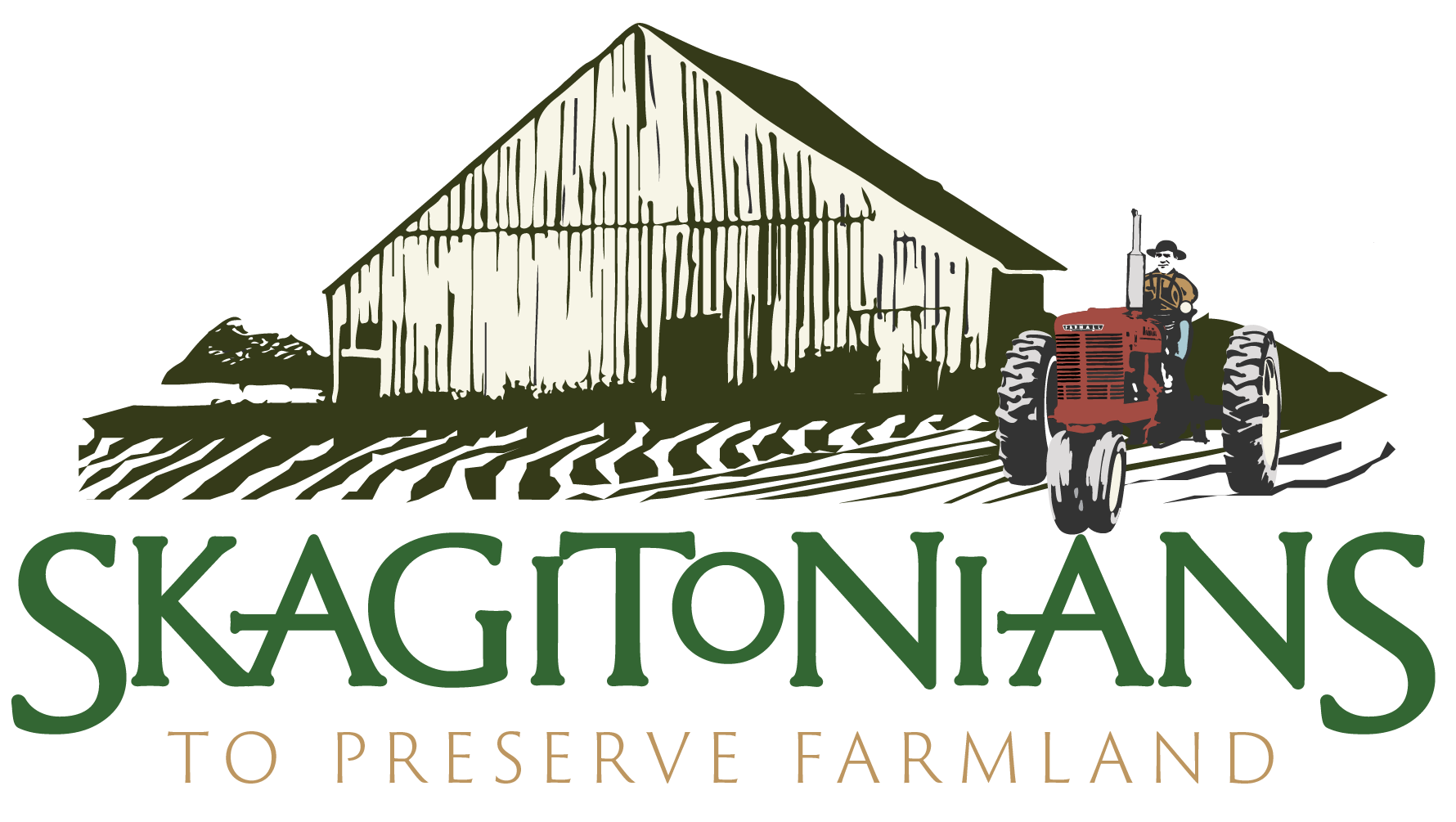The Dirt Issue #51 – Crop Trends – Deciding What to Grow
In the 1930s, in an average cited by the USDA, an American farmer was said to produce enough food to feed four people for a year. By the 1970s the number fed had grown to 73. Today, according to the Farm Bureau, the number is 166. In less than 100 years, average American farm production has increased by 4150%. How?
Many factors have contributed to the growth: new technologies in planting, harvesting and storing of crops; a science-based revolution in cropping systems; and adoption of effective amendments are just a few. For this month’s issue, however, we will concentrate on one other very important aspect: What to grow.
Blessed by a Culture of Diversity
The agricultural lands of Skagit County are remarkably diverse in output, with 80 to 90 different crops over a year’s production. Diversity is the practice here not only to meet market demand but also to care for the soil. Crops are planted in rotation to keep fields from being depleted of nutrients and to prevent long-term entrenchment of pests and pathogens. Crops are also grown in soils that can handle the demands of that particular crop. Getting to that point often requires a considerable waiting period between one planting of a crop and another in the same location. These issues and many others are key considerations in any farmer’s cropping system.
Cropping System Defined
A farmer’s cropping system starts with knowledge of the land—its topography, soil type(s), fertility, and, most importantly, its history or what’s been planted on it in the past and what were the results. The sequence of crops grown, the management techniques used to grow them and the organization of various fields and crops over time all fold into a cropping system. Crop choice is never arbitrary, but key to a successful cropping system.
Profitability
For a farmer, deciding what to grow starts with profitability, both in financial profit and in the gain realized from a long-term plan of enhancement and sustainability. It’s great if a single crop can yield all that, but often one goal outweighs the other. A crop can be essential for the health of the farmland, but not commercial. It may be planted because it improves the soil for a future cash crop or it may be the cash crop itself. Successive plantings of different crops play out over many growing seasons, but all have a role in the grand scheme.
Commercial Crops Require Markets
The first consideration before planting any commercial crop is this: is there a market for it and can I successfully tap into it? If there is a market, what are the costs in bringing my crop to it? Beyond the direct cost of growing the crop are issues such as storage, transportation, and expectations about how much money the crop will earn when it’s sold. Simply said, and taking all this into consideration, if a farmer cannot market a crop they will not grow it.
How a Crop Is Grown Matters
Another potential aspect in direct growing costs is the need for specialized equipment. A crop may be a real moneymaker, but not worth pursuing if the monetary returns do not cover the costs of new machinery or other technologies required, especially if there is no viable application to other crops grown. A farmer either seeks out crops he or she is equipped to grow or makes the commitment to invest in what’s needed, dedicating a significant outlay of capital to the new venture over several years. It’s not an easy decision, but it’s one we’ve seen played out in Skagit County over and over again as cropping trends have changed over time.
The Ability to Take On Risk
If the questions of markets and direct costs are settled, there is still another important question to ponder: Can I manage the crop?
Time is the main resource involved here. Does the proposed crop fit in with the existing management requirements of the farm? Is there time and labor available to plant, tend and harvest the crop in a timely manner of will it impinge on already tight timelines and stretched resources? This is not an issue that can be ignored; mismanagement in one area can topple others and put the whole farming operation at risk.
Climate Change
As American farmers face the future, climate change and its effect of agriculture is another issue to consider. Observable changes in Skagit County include rainfall patterns, rising temperatures, and earlier growing seasons. Climate change has the potential to bring different pressures to bear from pests and pathogens. Crops are being developed to adapt to these changes. Not just now, but as change continues to occur, Skagit County farmers will have a greater choice in what crops to add to their mix.
A Complex Decision
By necessity a farmer thinks of farming as a business, but a business with a great many variables that cannot be completely controlled. Crop selection is a balancing act. It offsets good land stewardship with financial incentive, harmonizes available resources with anticipated output, and carries with it a real sense of risk. It isn’t clear-cut, and very often requires a leap of faith. Be thankful that the skill and intuition of Skagit County farmers are more than up to the task.

